Design of Software for Calculating Tidal Currents in AT Power Supply Systems
DOI: 10.23977/jeis.2023.080307 | Downloads: 36 | Views: 1484
Author(s)
Jiahao Yin 1, Yang Shi 1, Runzhong Miao 1
Affiliation(s)
1 College of Electronics and Information Engineering, Changchun University of Science and Technology, Changchun, Jilin, 130022, China
Corresponding Author
Runzhong MiaoABSTRACT
High-speed passenger railway, referred to as "high-speed rail", is a very important mode of transportation in today's society, which have attracted social attention and have been widely studied by domestic and foreign railway industry researchers. However, the transportation capacity and transportation conditions of high-speed railways are closely related to locomotive types, traction power supply systems, and traffic information control. Among them, the traction power supply system is an important source of its energy, which ensures the normal operation of the locomotive, so it has very important research significance. This article first introduces the AT power supply mode used in today's high-speed railways. Then the power flow calculation method and principle are derived as the design of the software below will pave the way. At the end, a complete power flow calculation method is summarized and implemented on the Visual Studio platform using C# language. A power flow calculation software for the AT power supply system was established, inputting parameters such as voltage and current, using Newton-Raphson method to iteratively calculate, and the final result can be directly displayed in the software, or exported and saved with Excel. And after the test, the software can run well, and the calculation speed is relatively fast, the result is normal, within the error range, and basically meets the expected requirements.
KEYWORDS
AT power supply; Power flow calculation; C#; High-speed railwayCITE THIS PAPER
Jiahao Yin, Yang Shi, Runzhong Miao, Design of Software for Calculating Tidal Currents in AT Power Supply Systems. Journal of Electronics and Information Science (2023) Vol. 8: 60-67. DOI: http://dx.doi.org/10.23977/10.23977/jeis.2023.080307.
REFERENCES
[1] Dewen Wang. Cloud-based parallel power flow calculation using resilient distributed datasets and directed acyclic graph [J]. Journal of Modern Power Systems and Clean Energy, 2019, 7(01):65-77.
[2] Li G. Yin. Fundamentals of power system analysis [M]. Mechanical Industry Press, 2018.
[3] Fang Lei. Digital modeling and simulation of high-speed railway traction power supply system [D]. Chengdu: Southwest Jiaotong University, 2010.
[4] Li Qunzhan, He Jian. Analysis of traction power supply system [M]. Chengdu: Southwest Jiaotong University Press, 2007.
[5] Liu Jiecai. Plant power supply [M]. Mechanical Industry Press, 2016.
[6] Tan Xiubing. AC electrified railway traction power supply system [M]. Southwest Jiaotong University Press, 2009.
[7] Fan Lei. Research and implementation of microcomputer relay protection technology for traction substation [D]. Wuhan: Huazhong University of Science and Technology, 2009.
[8] Mariscotti A, Pozzobon P, Vanti M. Distribution of the traction return current in AT electric railway systems [J]. IEEE Power Engineering Review, 2005, 20(3):2119-2128.
[9] Cai Xiaoliang. Analysis and calculation of AT power supply method based on impedance coefficient [D]. Xi'an University of Technology, 2012.
[10] Guo Dong. Research on a Newton's method for calculating traction power supply currents in AC high-speed railways [J]. Relay, 2007.
[11] Ma Jun. C# programming [M]. Beijing: People's Post and Telecommunications Publishing House, 2014.
[12] Ma Xiaobo. Practical tutorials for C# program development [M]. Tsinghua University Press, 2013.
| Downloads: | 13857 |
|---|---|
| Visits: | 587620 |
Sponsors, Associates, and Links
-
Information Systems and Signal Processing Journal
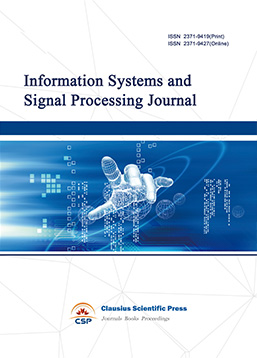
-
Intelligent Robots and Systems
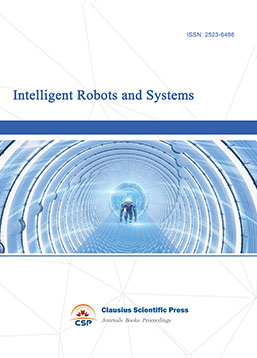
-
Journal of Image, Video and Signals
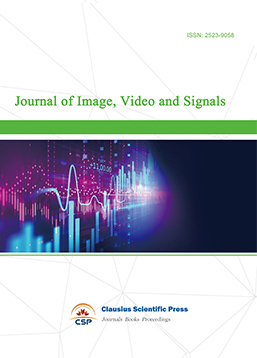
-
Transactions on Real-Time and Embedded Systems
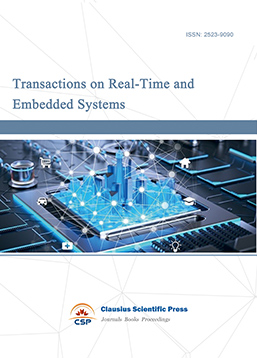
-
Journal of Electromagnetic Interference and Compatibility
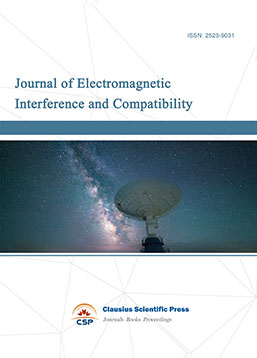
-
Acoustics, Speech and Signal Processing
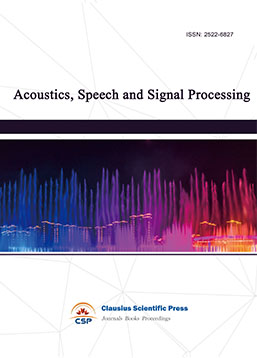
-
Journal of Power Electronics, Machines and Drives
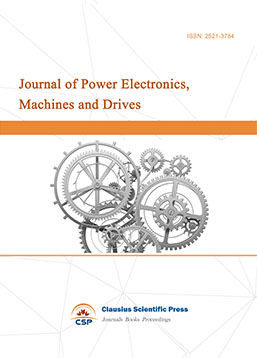
-
Journal of Electro Optics and Lasers
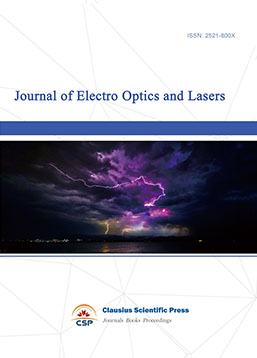
-
Journal of Integrated Circuits Design and Test
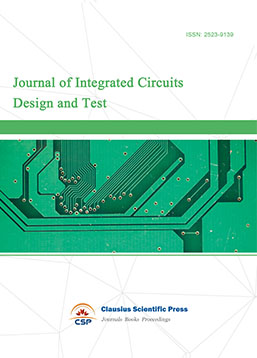
-
Journal of Ultrasonics
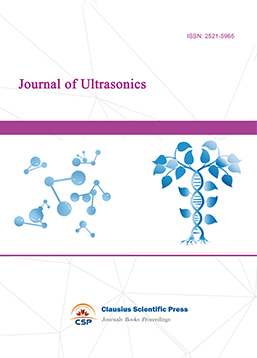
-
Antennas and Propagation
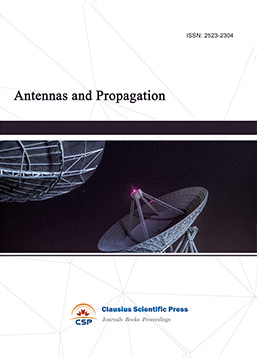
-
Optical Communications
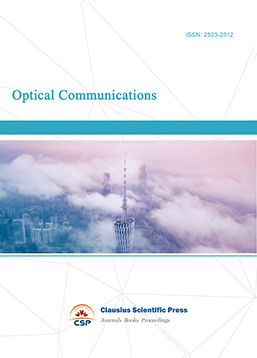
-
Solid-State Circuits and Systems-on-a-Chip
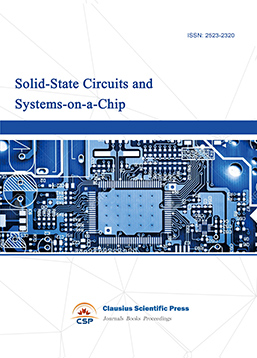
-
Field-Programmable Gate Arrays
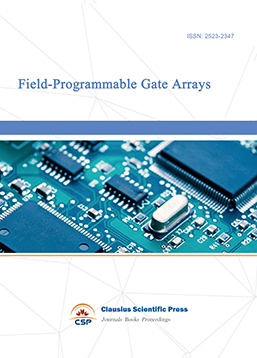
-
Vehicular Electronics and Safety
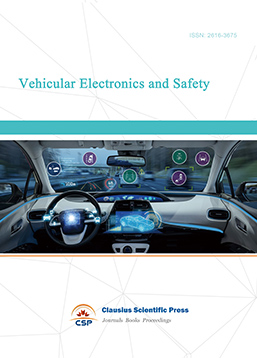
-
Optical Fiber Sensor and Communication
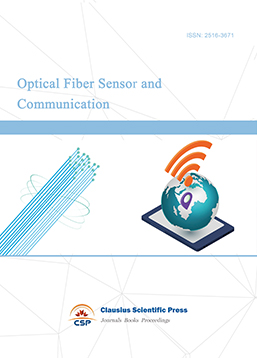
-
Journal of Low Power Electronics and Design
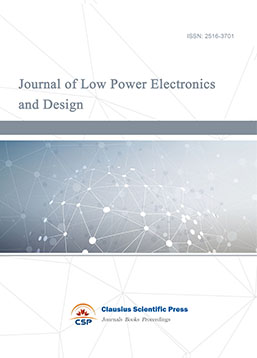
-
Infrared and Millimeter Wave
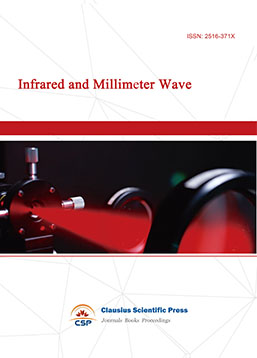
-
Detection Technology and Automation Equipment
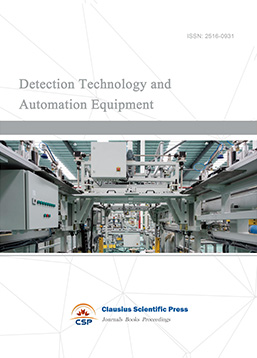
-
Journal of Radio and Wireless
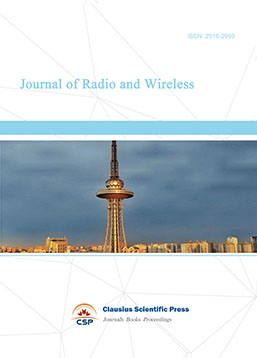
-
Journal of Microwave and Terahertz Engineering
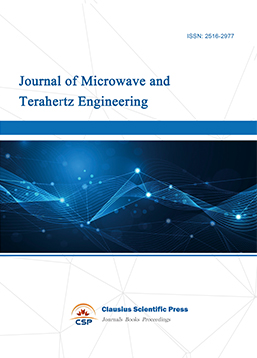
-
Journal of Communication, Control and Computing
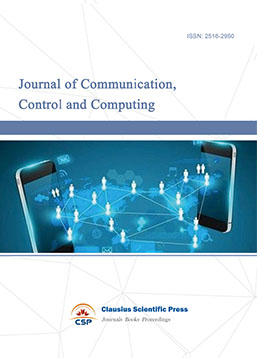
-
International Journal of Surveying and Mapping
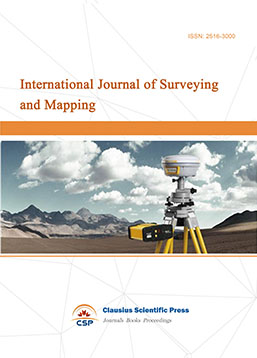
-
Information Retrieval, Systems and Services
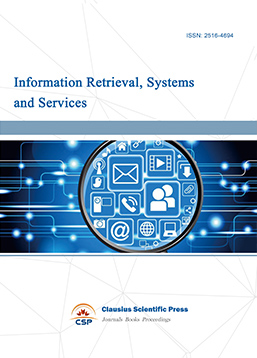
-
Journal of Biometrics, Identity and Security
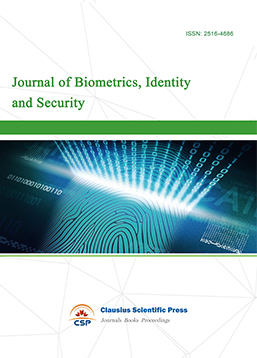
-
Journal of Avionics, Radar and Sonar
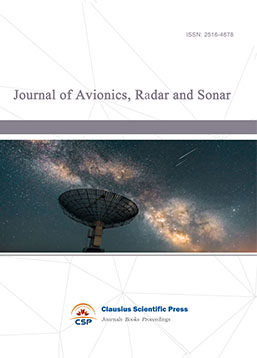

 Download as PDF
Download as PDF